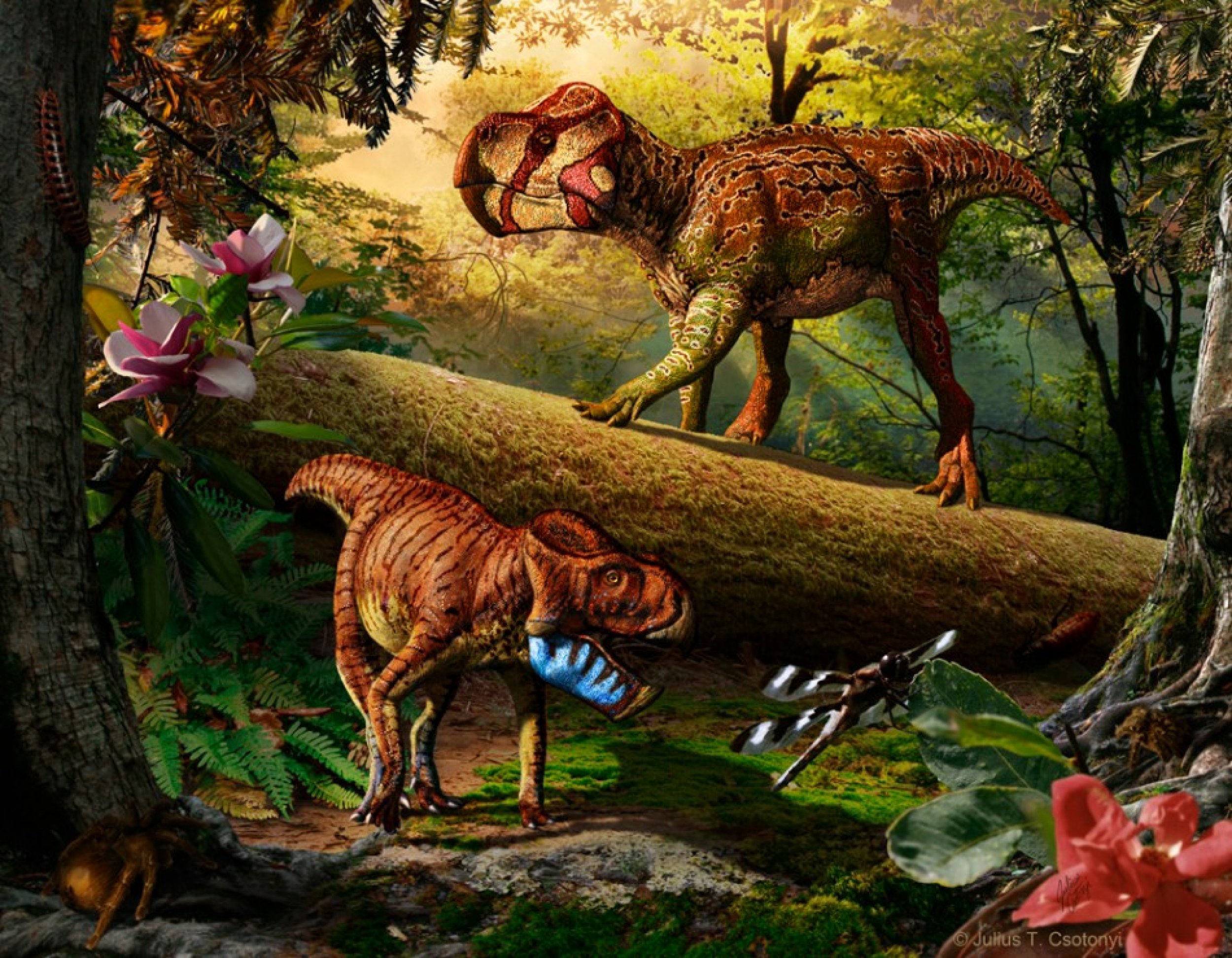Fossils Identified of Two New Herbivorous Horned Dinosaurs (PHOTOS)
Fossils collected years ago from Alberta, Canada, have been identified as two horned dinosaurs belonging to the Leptoceratopsidae horned dinosaur family.
The two species named Unescoceratops koppelhusae and Gryphoceratops morrisoni were herbivores that lived during the Late Cretaceous period, between 75 to 83 million years ago, a new study mentions.
These dinosaurs fill important gaps in the evolutionary history of small-bodied horned dinosaurs that lack the large horns and frills of relatives like Triceratops from North America, said lead author Michael Ryan, Ph.D., curator of vertebrate paleontology at The Cleveland Museum of Natural History.
Although horned dinosaurs originated in Asia, our analysis suggests that leptoceratopsids radiated to North America and diversified here, since the new species, Gryphoceratops, is the earliest record of the group on this continent, he further mentioned.
Of the two species, Unescoceratops koppelhusae weighed less than 200 pounds and lived around 75 million years ago. Its characteristic appearance included a short frill behind its head, no skull ornamentation and a parrot-like beak.
The lower left jaw fragment of the Unescoceratops was discovered in 1995 in Dinosaur Provincial Park, a United Nations Educational, Scientific and Cultural Organization (UNESCO) World Heritage Site by Philip Currie, Ph.D.
Gryphoceratops morrisoni, on the other hand, lived around 83 million years ago and had shorter and deeper jaw than other leptoceratopsids. In fact, according to research, this species is the smallest-known horned dinosaur in North America and one of the smallest adult plant-eating dinosaur.
The lower right jaw fragments of the Gryphoceratops were discovered in southern Alberta in the year 1950 by Levi Sternberg while working for the Royal Ontario Museum.
Start the slideshow to get a glimpse of the artistic depictions of the two new species:







© Copyright IBTimes 2024. All rights reserved.





















